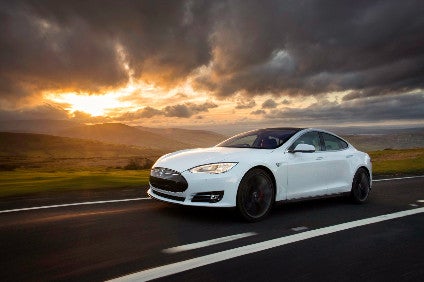
Tesla reported 273 vehicle crashes since July involving advanced driving assistance systems, more than any other automaker, according to data US auto safety regulators released cited by the Reuters news agency.
Automakers and tech companies reported more than 500 crashes since June 2021, when the National Highway Traffic Safety Administration (NHTSA) issued an order requiring the information. Two US senators have called for a deeper probe of the “out-of-control industry” and a US safety board said the data was not standardised so it was hard to evaluate performance of each carmaker’s system.
Car companies are rushing to add driver assistance systems, saying these improve safety by handling some manoeuvres, Reuters noted. US regulators are trying to understand the practical effect of the changes. But automakers collect and report data in different ways, making it difficult to evaluate systems performance.
Democratic senators Ed Markey and Richard Blumenthal told NHTSA in a letter that “publicising the data alone is not enough. We urge NHTSA to … shed needed light on this out of control industry and impose guardrails to prevent more deadly crashes.”
The current report contains “a ‘fruit bowl’ of data with a lot of caveats, making it difficult” to understand, National Transportation Safety Board (NTSB) Chair Jennifer Homendy said in a statement cited by Reuters. “Tesla collects a huge amount of high quality data, which may mean they’re overrepresented in NHTSA’s release.”
Tesla’s advanced driver assistant software dubbed “Full Self Driving” has also created confusion about vehicle capabilities, Reuters said.
The senators raised alarm about the high number of Tesla crashes. “We worry that some drivers today are using the technology as a convenience feature and are placing themselves and other road users in danger,” Markey and Blumenthal wrote.
NHTSA ordered companies to quickly report all crashes involving advanced driver assistance systems (ADAS) and vehicles equipped with automated driving systems being tested on public roads.
Of the 392 such crashes reported by a dozen automakers since July, six deaths were reported and five serious injuries. Honda Motor identified 90 crashes, the report said.
Companies also reported 130 crashes involving prototype automated driving systems, while 108 involved no injuries and one was a serious injury crash.
According to Reuters, NHTSA said Alphabet’s self-driving car unit Waymo reported 62 crashes involving automated driving systems, while General Motors’ Cruise had 23.
Waymo said its crashes were not high severity and one-third were in manual mode. Airbags deployed in only two crashes.
Cruise said it “has logged millions of miles in one of the most complex urban driving environments because saving lives is our chief aim.”
Reuters said the NTSB reiterated a five-year-old recommendation that NHTSA require automakers to provide standardised crash and usage data. It made the recommendation after the a 2016 crash killed a Tesla driver using the company’s Autopilot system, which the company website says “enables your car to steer, accelerate and brake automatically within its lane” but still requires the driver’s attention.
NHTSA said the first batch of data has already been used to trigger investigations and recalls and helped inform existing defect probes.
The data “will help our investigators quickly identify potential defect trends,” NHTSA administrator Steven Cliff said, cautioning the raw number of incidents reported per manufacturer “is by itself inadequate to draw conclusions.”
The agency emphasized crashes are tracked by individual automakers in different ways and discouraged comparisons in part because there are no comprehensive metrics on how widely each system is used.
Tesla did not respond to Reuters requests for comment.
Honda told Reuters it had found no defects in the systems and its crash reports were based on unverified customer statements “to comply with NHTSA’s 24-hour reporting deadline”.
No other automaker reported more than 10 ADAS crashes during the period.
Despite the limitations, NHTSA said the data was essential to quickly spot potential defects or safety trends. Incidents that occur when an advanced system was engaged within 30 seconds of a crash must be reported within 24 hours to NHTSA.
The agency plans to release new data monthly.
